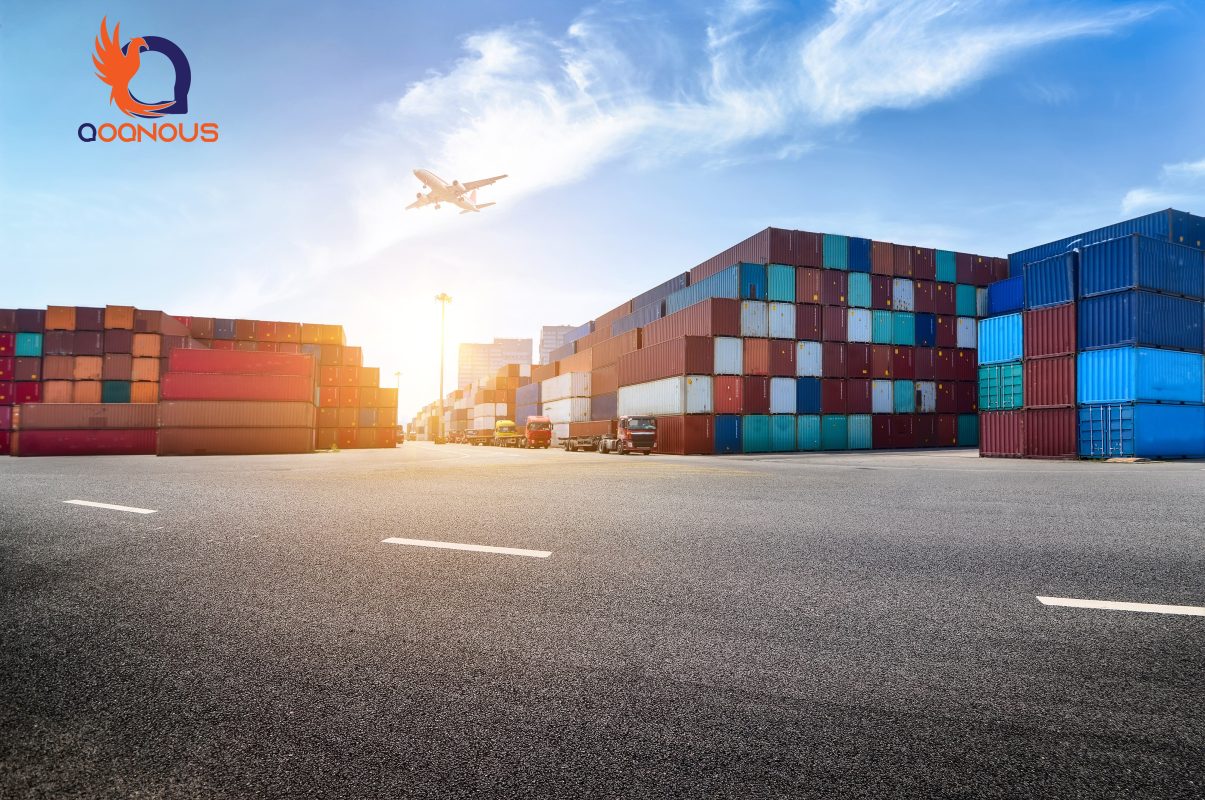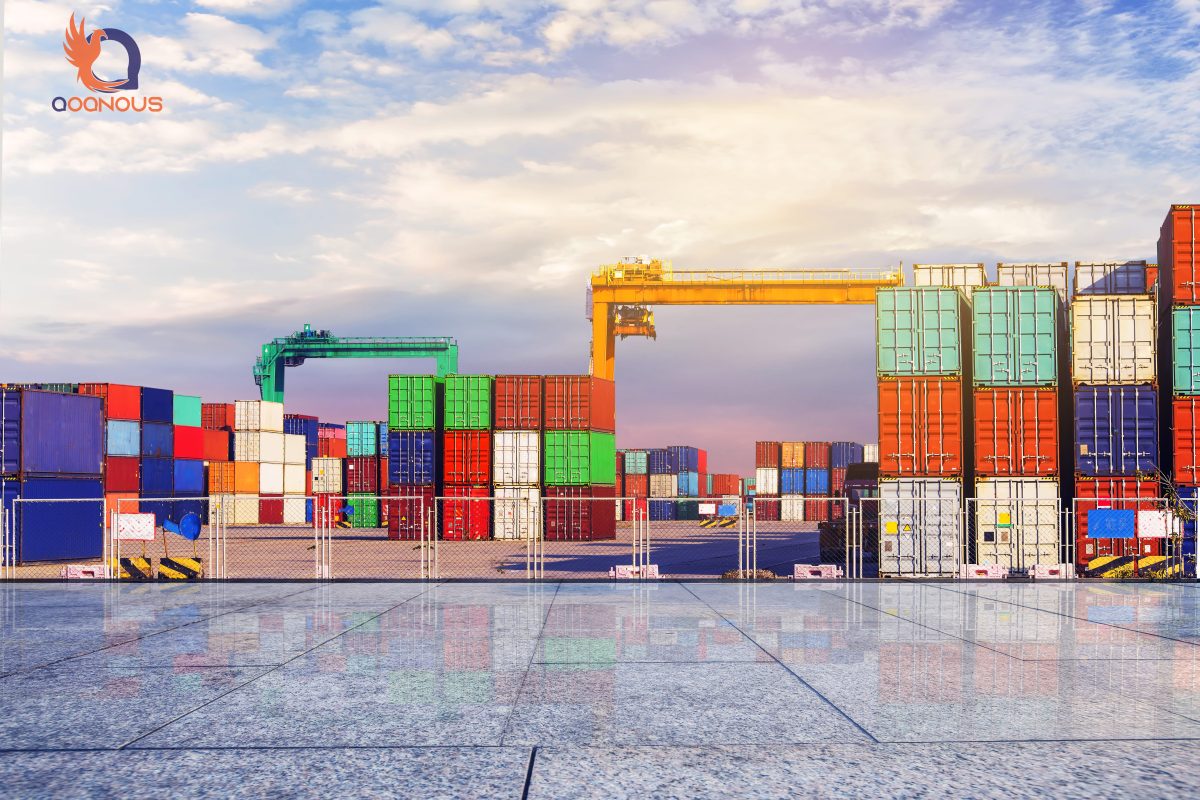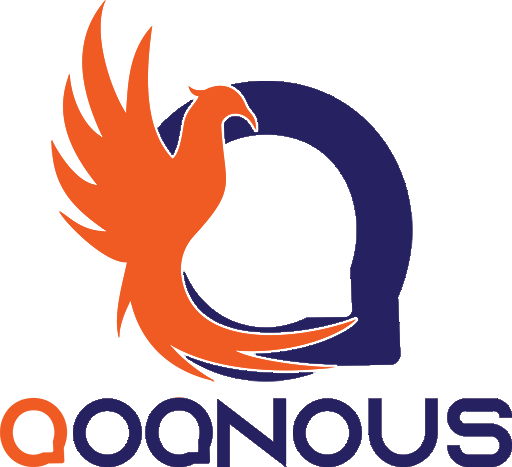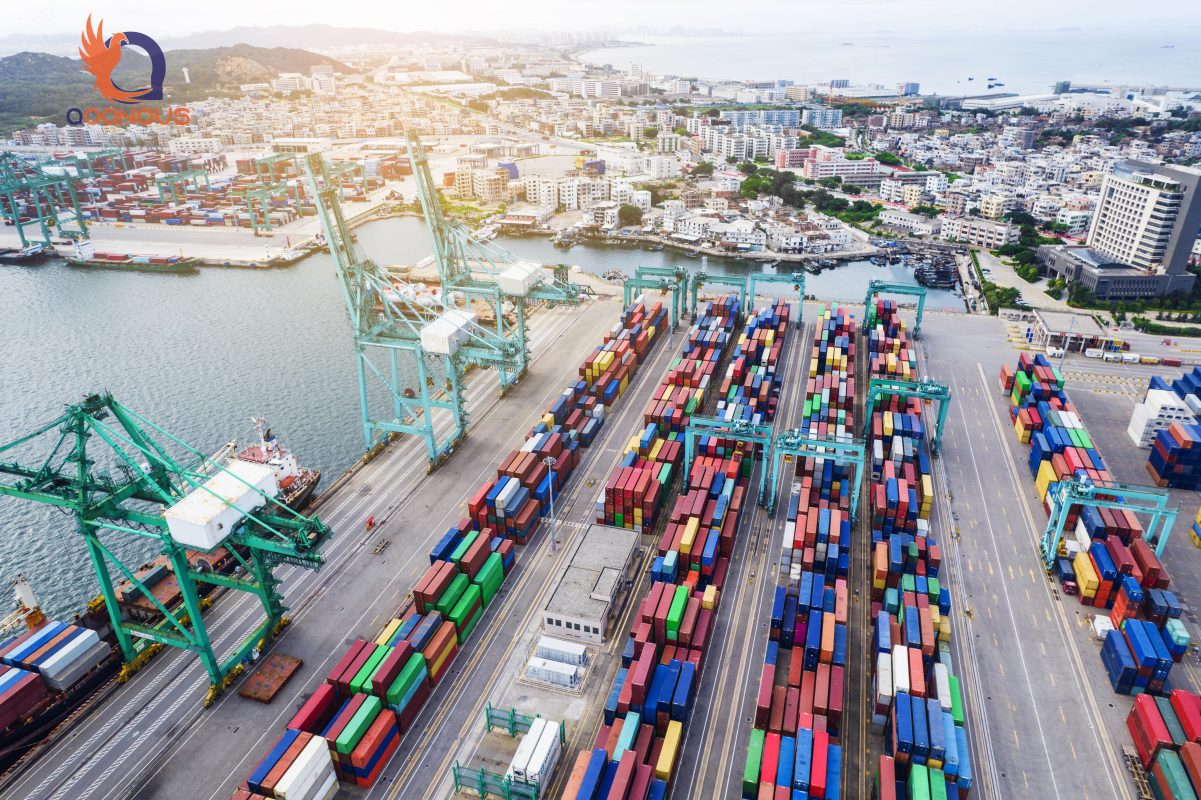Before we go to the steps of customs clearance, we need to explain a little more about the customs clearance process and the general concepts related to it. Knowing these concepts will help us to go through the steps necessary to clear goods from customs with a broader vision and full knowledge and to better understand the subtleties and important points in these steps.
Today, there are few people who are not familiar with the term clearance or have not heard this term at least once in their life, so finding an accurate definition for this concept is not without grace. So, stay with Qoqnous Trading Company in the rest of the article.
Qoqnous Trading has provided an audio file of product clearance training for its users, play it and enjoy.
What is clearance?
Head of content
So far, many definitions for clearance have been presented in articles related to business and commerce, which we are trying to tell the most complete and simplest definition.
Clearance is the process by which a product is removed from the scope of customs authority and is allowed to enter the country (imports goods) or leave the country (exports). In simpler words, goods clearance is the exit of goods from customs, which is also one of the last steps of importing goods. According to this definition, it can be deduced that whether in the import of goods or in the export process, clearance is one of the most important steps that must be taken. This process is so important that it also affects the value determined for the clearance item, so it must be done with high precision and sensitivity. Accurate knowledge of customs laws and regulations, as well as complete knowledge of the steps and documents for goods clearance, are among the things that will help speed up the customs clearance process and thus reduce costs.
If you are one of the people who perform customs procedures such as import, export and clearance of goods are part of your routine activities, we recommend that you use expert and responsible people who have full knowledge of all customs laws and regulations. complete your customs procedures in the shortest possible time and at the lowest possible cost. Qoqnous Trading is ready to provide all commercial services and carry out all procedures of customs clearance to you dear ones by using its team of experienced clearance workers in Iran and other countries. With the help of Qoqnous trading, save your precious time and money, which is your biggest asset.


What are the customs clearance procedures? (Customs formalities)
Customs clearance procedures, or customs formalities, consist of different parts and steps. In general, customs clearance consists of three main stages, each of which is divided into more detailed stages. The main stages of customs clearance are:
Preparation of customs documents
Calculation and payment of expenses
goods release from Customs
What are customs documents?
All the documents that are required to carry out any customs activity such as export, import and customs clearance are called customs documents. The initiation of any customs process depends on the submission of these documents to the customs office from which the goods in question are to be cleared. Note that accurate identification and completion of documents has a significant impact on increasing the speed and accuracy of customs procedures. Documents related to the purchase, sale and transportation of goods, bank documents, insurance policies, all export and import licenses and documents related to order registration are all customs documents that, depending on the type of goods and the type of customs procedure in question, must be submitted to the customs. be presented
Customs documents themselves are divided into two more general categories, ownership and jurisdiction documents.
Ownership documents:
These documents are received in order to verify the ownership of the goods in question and show that the person presenting the documents or a third party is the owner of the mentioned goods. which must be presented to the relevant organizations during the customs clearance process. These documents are:
- Warehouse Receipt
- clearance
- bill of lading
- Business list
- Policy
- Packing face
- Certificate of origin
- Bill of health
- COI inspection certificate
- Other certificates
- Brochure or product catalog
Qualification documents:
Qualifying documents, as their name suggests, are documents by which the customs decides whether the goods specified in the qualifying documents are cleared or not. Some of the most important qualification documents are listed below.
- Business Cards
- order registration form
- Proforma or pre-invoice
- permissions
- Bank documents
- Industrial license
- Power of attorney
Customs clearance procedures step by step
Completion of information in the EPL customs electronic system
The first step of the customs clearance process is to complete the declaration in the EPL system. All goods must be registered in the customs clearance system before clearance. In order to perform this step, we must enter the information about the product into this system. This step is done online and there is no need to visit in person. Complete the declaration form with the utmost care and patience so as not to suffer financial loss because the amount of the payment of the entry fee is made at the stage of completing the declaration. According to the instructions of the customs of the Islamic Republic of Iran, it is necessary and necessary to submit a customs declaration for goods clearance.
Authentication and routing
In the second step of customs clearance, the customs authentication department checks the documents related to the goods and, if approved, assigns a registration number to your goods, which is called cottage. In other words, receiving the cottage means that the goods declaration has been registered with a special number at the customs.
In the customs clearance process, the controls performed by the customs experts are classified into three paths: green, yellow and red. The factors that place the declaration in different categories are: the tariff of the goods, the condition of the goods (new, used), the import history of the goods and the tax status of the goods.
green path
Statements that are placed in the green path are reviewed in summary form. Goods that do not have to obtain standards are placed in this category and have the lowest risk in the field of import and are cleared without document evaluation.
The examination of documents on the green route is done directly at the exit door of the customs and the goods are cleared within an hour.
The stages of goods clearance in the green route are: final confirmation, referral to the fund, issuance of loading permit, performing customs formalities at the exit door.
yellow path
Declaration documents that are placed in the yellow path are checked more carefully, but do not need physical evaluation. The goods that go through the customs clearance process need to get a license from the Ministry of Health or a license from the Standard Organization. It takes a few days to examine the goods in this way.
The stages of clearance of goods in the yellow route are: expert examination, laboratory and standard evaluation, final approval at customs, referral to the fund, issuance of loading permit, referral to warehouse, performing customs formalities at the exit door.
red path
Declarations placed in the red route are checked with very high accuracy and physical inspection is also done on the clearance route. Also, if needed, necessary tests are also performed on the product. Importing goods with high risk are included in this category.
The stages of goods clearance in the red route are: goods examination, sending goods to the laboratory, getting the goods standard, re-examination by the expert, final approval of the goods, referring to the fund, issuing permission to load the goods, referring to the warehouse, performing the customs formalities at the exit door.
blue path
Goods that need to be cleared as soon as possible are placed in the blue route. This route is currently not active in Iran. The goods placed on this route are cleared and transported to the warehouse of the owner of the goods.
Clearance of goods from all customs of the country
Qoqnous Trading carries out customs clearance procedures in all main and specialized customs in the best way, with the lowest cost and in the shortest possible time. In the following, we have shared with you the list of customs in which Qoqnous trading specializes, which you can click on to get more information.
- Merchant customs clearance
- Customs clearance of Basmaq
- Goods clearance from Khorramshahr customs
- Anzali port customs clearance
- Customs clearance of Bandar Abbas
- Cedar customs clearance
- Customs clearance of Bushehr port
- Clearance of goods from Tehran Shahriar customs
- Customs clearance of Imam Khomeini Airport
- Clearance of goods from specialized customs
Customs clearance conditions and rules
Customs clearance procedures are always based on predetermined procedures, so you must be familiar with all customs rules and regulations to complete the clearance process quickly and without any errors.
One of the important conditions in the field of goods clearance is obtaining a commercial card issued by the Chamber of Commerce. With this card, all imports and exports on your part are legal and approved by the relevant customs and regulatory organizations.
What goods are eligible for customs clearance?
According to the rules issued by the customs of the Islamic Republic of Iran, the import and clearance of goods must be in accordance with the standards and customs laws, so the goods are divided into three categories:
Permitted goods: Permitted goods do not have any import restrictions and can enter the Iranian market and be traded easily.
Conditional goods: Conditional goods must receive the necessary permits from the relevant organizations for import and customs clearance.
Prohibited goods: These types of goods are not allowed to enter Iran and cannot be cleared at the customs.
Therefore, in order to import any kind of goods, in the first place, follow all the news, announcements and circulars in the field of trade, and in the second place, entrust all the stages of clearance of goods to a specialized trade such as Qoqnous .
What is work clearance and what role does it play in customs clearance?
Carrying out customs formalities and customs clearance procedures is a complex and specialized process and it is necessary for the person doing the clearance to be familiar with all customs rules and regulations. Customs clearance is a person who has complete mastery of all the procedures and rules, and due to his skill and experience, he can complete the clearance process in the shortest possible time and at the lowest cost. In order to save time and money, merchants entrust all the procedures of clearance of their goods to a legal representative as work clearance.

Customs clearance fee
Customs clearance costs vary depending on the type of imported goods. You have to pay different fees during the customs clearance process. The costs to be paid for goods clearance usually include: freight cost, customs warehousing cost, unloading cost, cleaning, laboratory fee, product expert fee. All these payments are considered as customs fees.
In addition to the customs fees, the import duties of the goods, which include commercial profit and 4% of the customs value, must be paid. 10% of the cost of transporting the goods and 8% of the costs paid to the standard organization are considered as import duties.
Some of the customs clearance costs are:
- Duties and customs duties
- Standard and laboratory fees
- cost of storage
- Demurrage fee
- THC
- Strip and internal transport of goods
Attention, dear traders and importers, some fees paid as goods clearance include additional fees such as excess value, unloading deduction and tariff difference.
The duration of the product’s shelf life in customs
In order to clear the goods from the customs, the documents and documents must be checked and verified, all the stages of the goods clearance from the customs must be done step by step and in compliance with the customs rules. So the clearance takes some time. After issuing the declaration, the maximum shelf life of the goods in customs is four months. which is reduced to two months at the country’s airport customs. Merchants must complete customs clearance procedures within this specified period, and if they fail to complete all procedures and obtain a clearance permit, the goods will be considered abandoned. Of course, with valid reasons, this opportunity will be extended for another 4 months.
Customs clearance procedures are very difficult and complicated, and if you don’t have experience, you have to spend more money and time because customs rules and regulations are constantly changing. If all steps are followed carefully, the clearance process will take up to 15 days. According to all the mentioned cases, it is suggested to leave the clearance process from zero to one hundred to Qoqnous Trading.
The best customs clearance company
One of the services of trading companies is the clearance of imported or exported goods from customs. Businesses are obliged to carry out all the stages of goods clearance, including collecting documents and documents, paying fees and taxes correctly and according to customs rules and regulations. It is better to pay attention to the following points when choosing a trading company to carry out the process of importing goods, clearing goods and exporting goods.
- History and activity of the company
- Mastery of all stages of customs clearance
- Familiarity with laws, regulations and customs violations
- Customer satisfaction with business
Qoqnous Trading Company, with more than 10 years of useful experience in the field of commerce and international trade, with excellent and professional specialists, performs all stages of customs clearance from zero to one hundred, using the latest customs rules and regulations, in the shortest time and at the least. It costs money.
Frequently asked questions about customs clearance procedures
What is clearance?
The process in which a product is removed from the scope of customs authority and is allowed to enter or leave the country is called clearance. In simpler words, goods clearance is the exit of goods from customs, which is one of the last stages of importing goods from customs.
What are the customs clearance procedures?
The stages of customs clearance are: declaration round through the EPL system, printing the declaration of receipt of the cottage and determining the route, evaluation of the goods, obtaining the necessary permits, expert examination of the goods by customs experts, payment of customs fees, obtaining a loading permit and warehousing clearance, declaration Loading and sending the goods to the customs exit door, loading and exiting the customs
What are the documents required for customs clearance?
Warehouse receipt, clearance, bill of lading, commercial list, insurance policy, packing slip, certificate of origin, health certificate, COI inspection certificate, other certificates, product brochure or catalog, commercial card, order registration form, proforma or proforma invoice, licenses, documents Banking, industrial license, power of attorney
What is a customs declaration and what does it have to do with customs clearance procedures?
In order to clear the goods, both in the field of export and in the field of import, the first step is to submit a declaration. Statements are divided into three types: oral, written and electronic. In the declaration, all information about the goods, including type, quantity, country of origin and destination, must be specified.
Why should we leave the preparation of the statement to experts?
As it was said, the customs declaration includes all the specifications and characteristics of the goods, so if there is any discrepancy between the declaration and the declared goods, it can lead to a fine or confiscation of the goods. For this reason, it is highly sensitive and it is recommended to entrust the preparation of the declaration and other stages of customs clearance to Qoqnous Trading.




